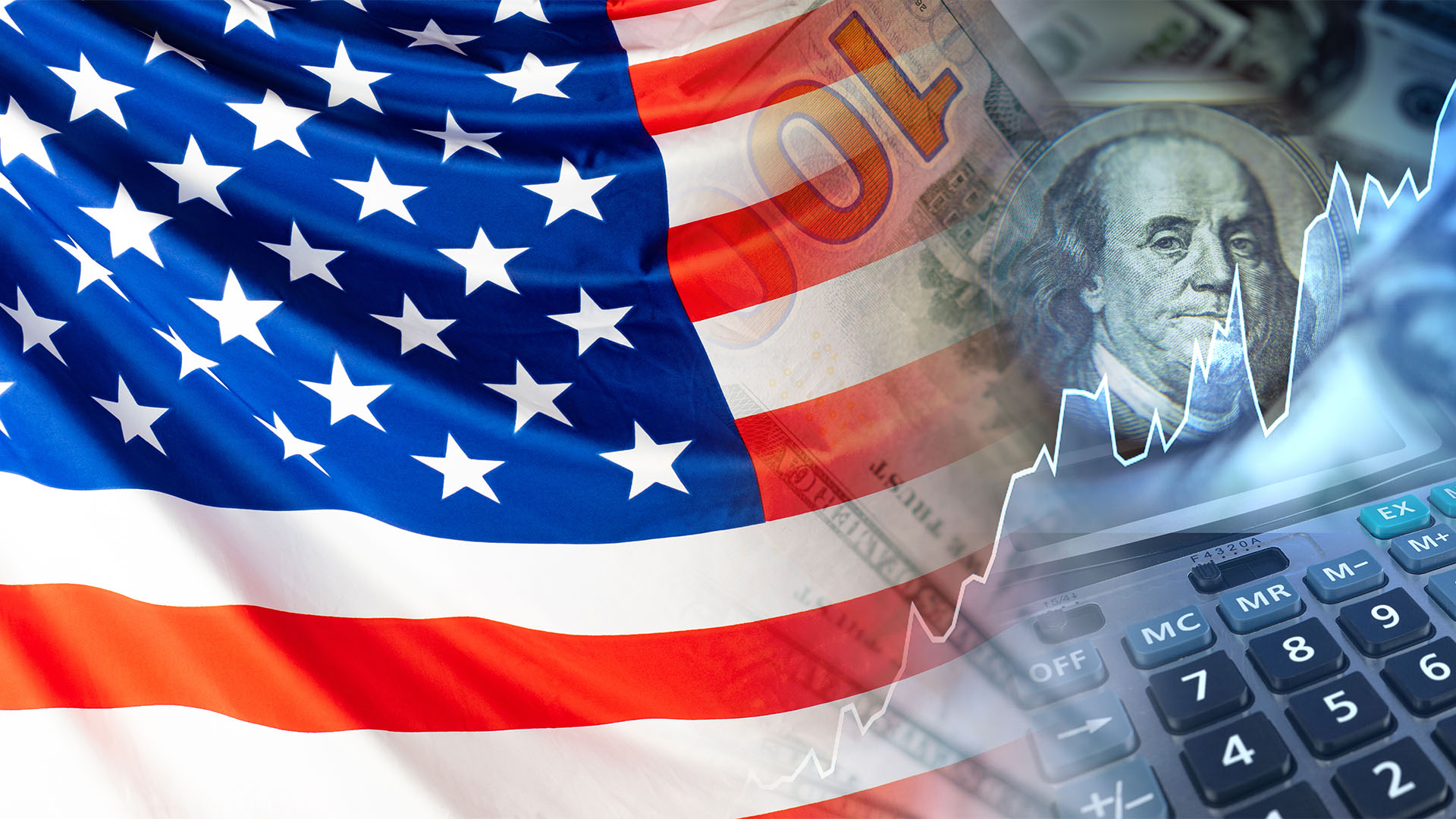A big holiday weekend ahead for US markets which, if the debt ceiling impasse is not broken, will lead to a crisis-like situation next week that will test nerves and the sangfroid of investors, politicians, central banks and millions of businesses and others (such as travellers) in America and across the globe.
One of those is the Memorial Day holiday on Monday. Markets in the US won’t trade but they will offshore, especially on an afterhours / futures basis, so any positive or negative move over the weekend and Monday won’t hit US markets until Tuesday.
That holiday could provide a sort of relief valve for markets, or at worse, provide a way of maintaining rising pressure on bond, the US dollar and other currencies and on share prices if no agreement looks in sight.
But there were few signs of anyone looking to move towards agreement in Washington. Media reports said that d Republicans “are tentatively not expected back at work until Tuesday, just two days from June 1, when Treasury Secretary Janet Yellen has said the U.S. could start running out of cash to pay its bills and face a federal default.”
“Biden will also be away, departing Friday for the presidential retreat at Camp David, Maryland, and Sunday for his home in Wilmington, Delaware. The Senate is on recess and will be until after Memorial Day.”
But before they left the good old ‘informed sources’ claimed a deal could be closer than it looks with only $US70 billion separating the Biden administration and the Republicans.
That helped US markets shrug off the looming deadline on Thursday helped by a big tech surge as shares in chip maker, Nvidia surged over 24% after the firm reported forecast-smashing revenue and a higher-than-expected guidance for the current quarter. The company is the major producer of computer chips used in generative artificial intelligence.
While Wall Street rose, so did the US dollar (the Aussie fell to just over 65 US cents and could fall under that level if there is no agreement) and gold continued to fall, losing 1.1% to around $US1,943 on Comex, a two-month low.
While some see familiar echoes in the current impasse from the 2011 debt ceiling crisis, they point to the key difference being the more intransigent attitude of denialist Republicans egged on by Donald Trump who wants to exploit the situation in his attempt to regain the presidency in late 2024’s elections.
The 2011 crisis saw ratings group, S&P Global – drop America to a AA+ rating (negative, then stable) leaving the world’s biggest economy and issuer of the globe’s reserve currency having a lower rating than the likes of Australia, Singapore, Canada, Norway, Germany, Switzerland and Denmark.
Up to Wednesday the three other raters – Moody’s Fitch and DBRS had the US rating at AAA stable, but no longer after Fitch moved the US rating to a negative outlook, implying a downgrade soon and smaller DBRS moved to a similar rating a day later.
S&P’s reasons for the first downgrade in history in 2011 were telling:
“The downgrade reflects our opinion that the fiscal consolidation plan that Congress and the administration recently agreed to falls short of what, in our view, would be necessary to stabilise the government’s medium-term debt dynamics.
“More broadly, the downgrade reflects our view that the effectiveness, stability, and predictability of American policymaking and political institutions have weakened at a time of ongoing fiscal and economic challenges.”
Nothing seems to have changed very much if Fitch’s reasons on Wednesday are examined: “The Rating Watch Negative reflects increased political partisanship that is hindering reaching a solution to raise or suspend the debt limit despite the fast-approaching X date (June 1).”
2011 saw agreement three days before the US Treasury would run out of money. This weekend there’s five days at best.
A default by the US would be catastrophic for the US and global economy, creating instability in financial markets and interrupting government services. But, as the 2011 crisis showed, even getting close to default comes with a price – a loss of confidence is the most important.
In the past, American political leaders generally managed to step away from the brink and raise the debt limit before it was too late. Congress has raised, revised or extended the borrowing cap 78 times since 1960, most recently in 2021.
But it’s a farce and raises the chance of other ratings groups will think seriously about cutting America’s rating. S&P could move to a AA+ negative stance and Moody’s could joint Fitch and DBRS on a negative stance for their AAA ratings.
The repercussions of a first-ever default on the US government debt would ripple across the global economy and financial markets. Japan and China, which hold nearly $US2 trillion of US government bonds would get nervous, even if the US Treasury finds a way to maintain coupons and redemptions to holders.
Australia has just under $US60 billion held via the Reserve Bank the world and perhaps the biggest immediate victim would be Warren Buffett and his Berkshire Hathaway company which had more than $US105 billion in US bonds and Treasuries (short- and long-term debt) at March 31.
Orders for factories in China and other countries would suffer (hurting the likes of Apple, Ford, GM and global banks). US dollars in cash would become king – no one can default on those.
Financial systems might be crunched if US dollars can’t be settled for any transaction – from a tourist buying a Yankees cap on Times Square in New York via a contactless payment (or Apple Pay), to a huge purchase of American weapons by Ukraine, or US LNG by European buyers – or Australian iron ore exports.
“No corner of the global economy will be spared” if the U.S. government defaulted and the crisis weren’t resolved quickly, according to Mark Zandi, chief economist at Moody’s Analytics.
Zandi and two colleagues at Moody’s have concluded that even if the debt limit were breached for no more than week, the US economy would weaken so much, so fast, as to wipe out roughly 1.5 million jobs.
“Within a few days, I think it’d be so significant that, given how weak the economy already is coming into this, we would be in recession,” Zandi told the US PBS network this week.
“I think it is important to recognise, though, I don’t think the Treasury would default on the debt.
“They have the ability to pay bondholders. It’s a separate accounting system, payment system, and they can get that done, because they know, if they don’t pay on the debt, that would be like — words like catastrophic would be appropriate, just a complete, utter fiasco.”
And if a default situation were to last well into the northern summer — the consequences would be far more dire, according to Zandi and his colleagues.
They found that US economic growth would sink, 7.8 million American jobs would vanish, borrowing rates would jump, the unemployment rate would soar from the current 3.4% to 8% and a stock-market plunge would erase $US10 trillion in household wealth.
A default could shatter the $24 trillion market for US Treasury debt, cause financial markets to freeze up and set off an international financial and trade crisis.
“A debt default would be a cataclysmic event, with an unpredictable but probably dramatic fallout on U.S. and global financial markets,” said Eswar Prasad, professor of trade policy at Cornell University and senior fellow at the Brookings Institution told AP News this week.
…………
For all the gloom in his paper, Zandi, this week at least, thinks the impasse will be eventually resolved, but he’s getting more worried that investors and markets are not taking the approaching deadline as seriously as they should.
“Global investors and Americans more generally appear largely unruffled by the fast-approaching X-date, at least so far. There are some indications that investors are taking notice, but the stock market remains firm as does much of the bond market and the value of the U.S. dollar.
“This blasé attitude toward the debt limit likely stems from the notion that we have seen this movie many times over the decades and know the ending well.
“That is, there will be lots of political drama right up to the X-date and at the 11th hour lawmakers will pass legislation avoiding a breach. But the longer it takes for financial markets to react, the greater the odds that lawmakers will not act in time, since market turmoil is probably what it will take to generate the political will lawmakers will need to come to terms.
“It is thus increasingly important to consider the possibility that lawmakers fail to act in time and there is a breach of the debt limit.
“We now assign a 10% probability to a breach. If there is a breach, it is much more likely to be a short one than a prolonged one.
“But even a lengthy standoff no longer has a zero probability. What once seemed unimaginable now seems a real threat,” Zandi warned.













